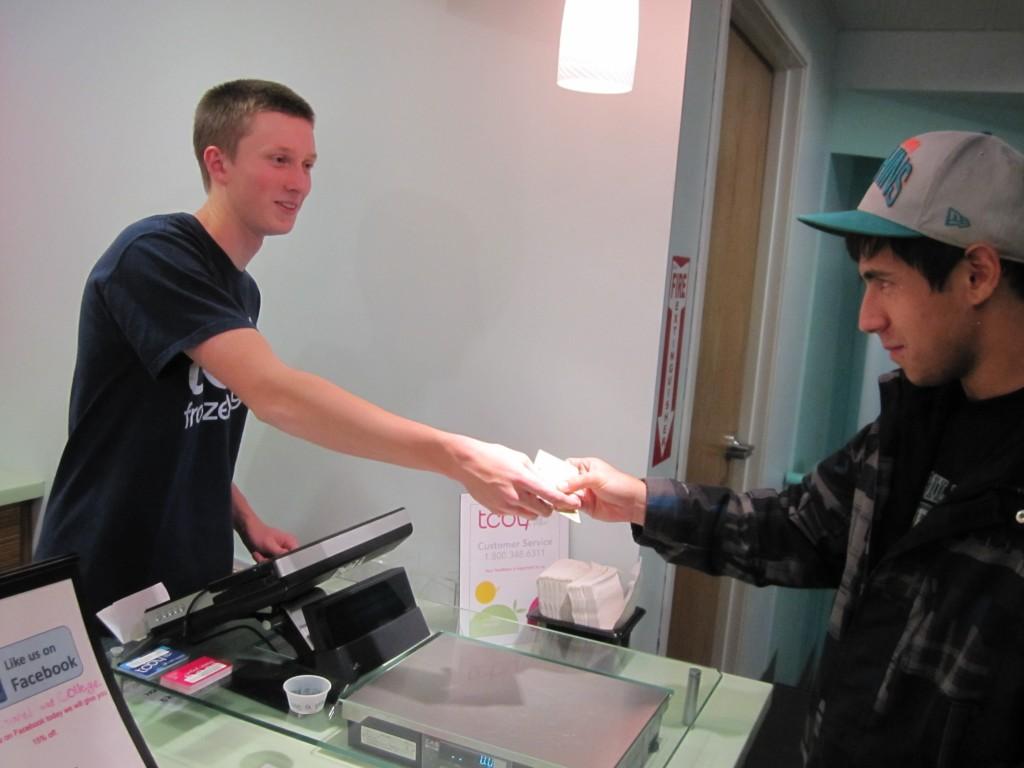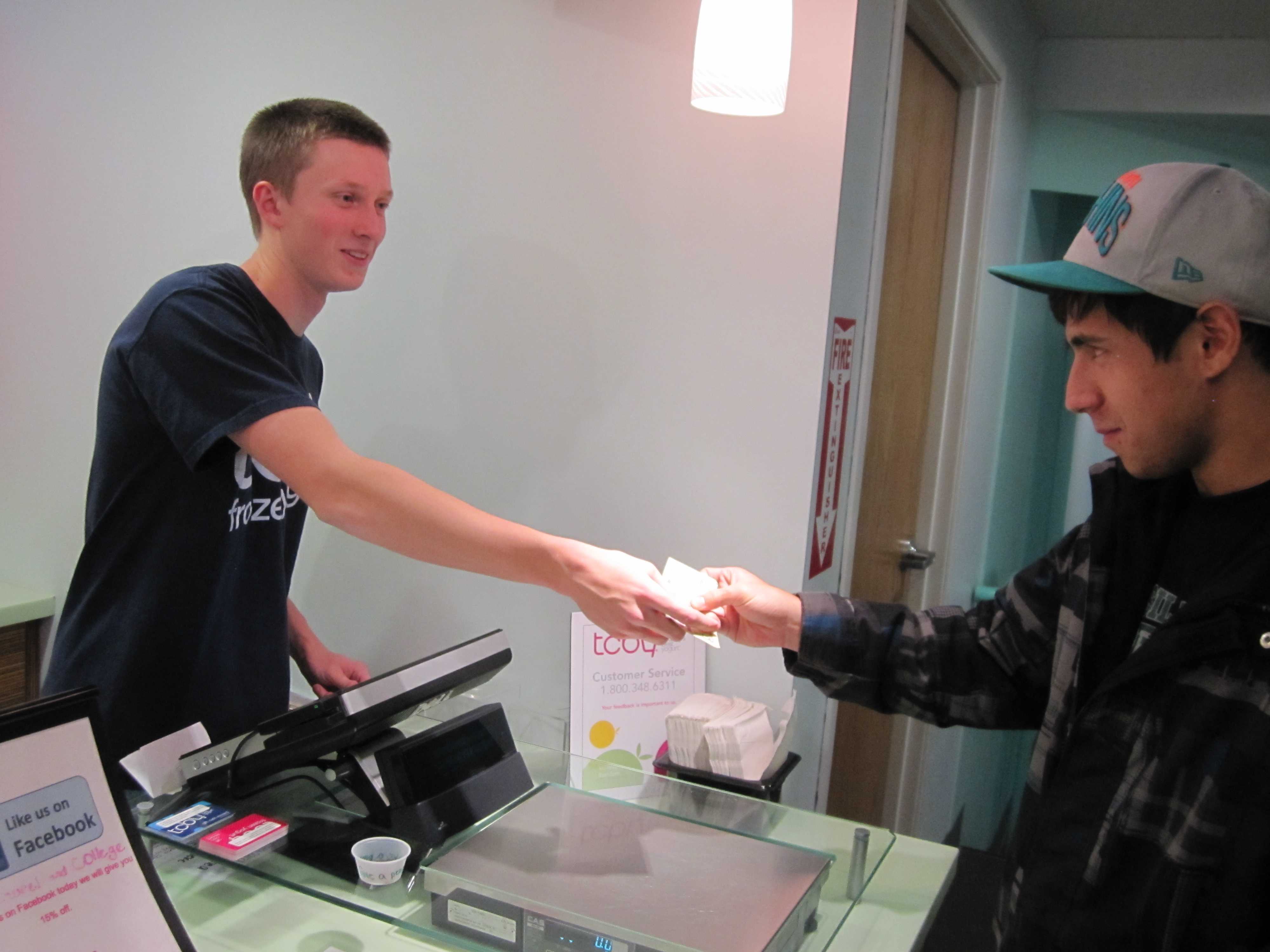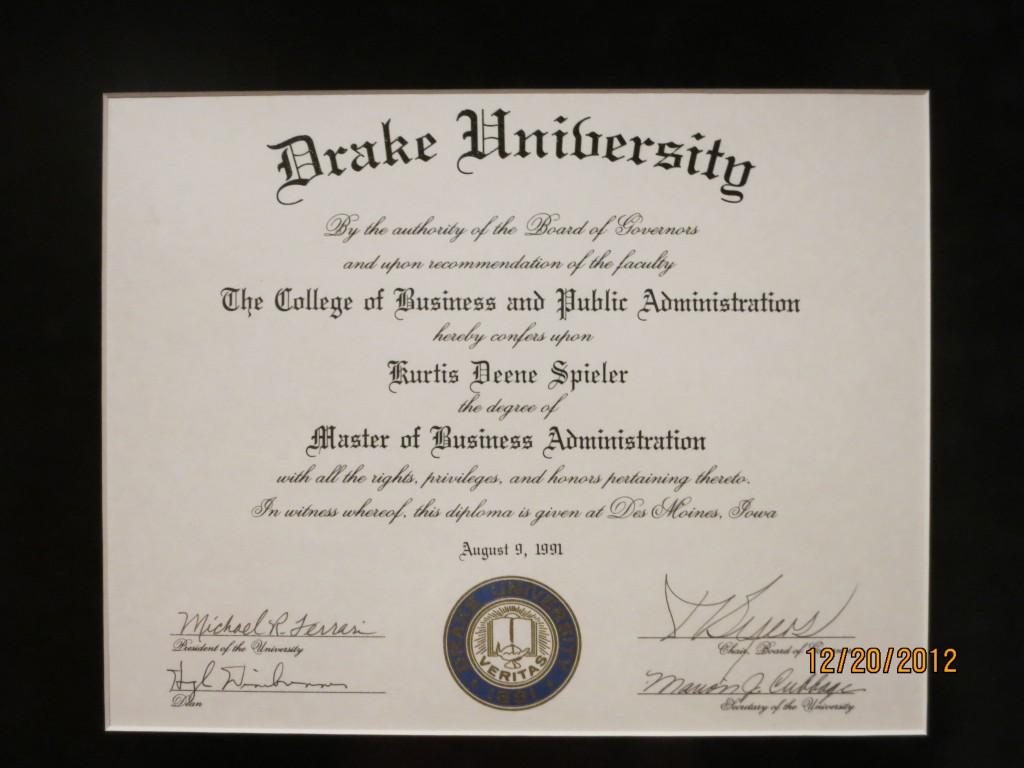
On one of his busier days, Fossil Ridge High School senior Elliott Leonard’s alarm sounds at six in the morning, giving him enough time to get ready for school and arrive for class at 7:30. After a long day of school, taking diligent notes throughout, it’s off to cross-country practice. He sets a blistering pace, attacking every bend, curve and hill with ferocity. Then he has an hour and a half until his shift at Cinemark Movie Theater starts at 7 P.M. He works the concessions with studious attention, treating every customer in a polite matter. After all this, his head hits his pillow shortly before one in the morning. Now this is by no means a typical day for him, but he has experienced these on several occasions.
What is surprising is that Elliott represents a dwindling minority in theUnited States. TheNationalCenterfor Education Statistics reports that half as many high school students are employed today than in 1990, down from 32 to 16 percent. The scarcity of jobs and a slow economic recovery from 2008 may be to blame, and older, more experienced workers may be taking minimum-wage job vacancies. But with college tuition rocketing up, working part-time jobs may be of great financial relief to their parents, despite consequences such as less sleep and time for academics.[wzslider info=”true”]
When it isn’t cross-country or track season, usually Elliott works 30 hours a week and works one day during the week, plus Fridays and Saturday. He often works six to eight hour shifts, at night, and closes up shop. “It is really important to prioritize your time,” said Leonard, “school is my most important priority, and then work, so after those two, there isn’t much time for a lot else.” Off periods become increasingly important for students who work. For the typical student, an off period is an invitation to sleep in, play video games, or unwind and relax. But when twenty to thirty hours are missing from one’s week, video games and other forms of procrastination can be very detrimental. “I try to utilize my off periods as much as I can,” said Leonard, “between school and work, I have little room for studying, and once I get home from work at night, I often have little motivation to study.”
Elliott’s identical twin brother, Ethan, is also a working student-athlete. He is employed by two different businesses, Jersey Mike’s Subs and TCBY Frozen Yogurt. Although he works fewer hours than his brother during the school year, he still has 15 to 20 hours during the week. Ethan is a member of the Fossil Ridge track team; he is a triple-jumper and runs the 110 meter hurdles. Being a dedicated athlete as well as student, Ethan’s time already runs short. Fifteen to twenty hours less in the week doesn’t make it any easier. “I can’t afford to mess around during the school week,” says Ethan, “otherwise I just feel really pressed for time.”
Although many students get part time jobs to have some extra money in their pockets, the Leonard brothers are planning on spending their money wisely. Instead of extra cash to burn through, they plan to use the money they make towards college tuition. Also using her money more nobly, is senior Kelsey Cook, who serves frozen yogurt at TCBY like Ethan, but at a different location. “I want to take a mission trip toSouth Americabefore going to college,” says Cook, “but I don’t have enough money yet.” Kelsey needs to save up at least four thousand dollars for her trip, and while only working about 10 hours a week, saving up is going slower than expected. Plus, her weekly expenses amount to at least $150, between food, gas, and other extraneous expenses. “Hopefully I can get more hours once I graduate,” says Cook, “because I think this trip could be a life-changing experience.”
These students are gaining real world experience and skills, which will give them a leg up entering a very competitive job market out of college. Work can often bring stress and fatigue, along with much less time for social activities. But its rewards can be significant, maturing some of these students well beyond their years. For more information, visit the NationalCenterfor Education Statistics website, www.nces.ed.gov.













